Philippine White Lauan Tree
- October 28, 2024
- 0 comment
The Philippine White Lauan (Shorea contorta) is a significant tree species in Southeast Asian tropical forests, especially in the Philippines. Known for its towering height, dense canopy, and durable timber, the White Lauan plays a crucial role in forest ecosystems by supporting soil health, providing habitat, and promoting biodiversity.
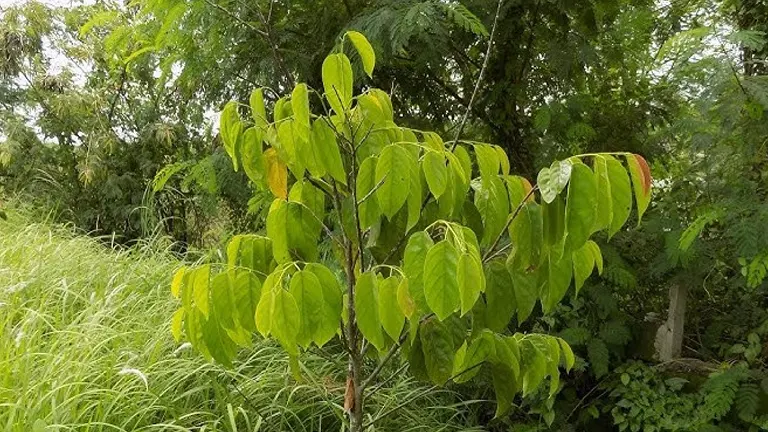
As part of the Dipterocarpaceae family, this tree is one of many in a group known for their ecological and economic importance. However, due to deforestation and overharvesting, White Lauan has become a species of concern for conservationists.
What Is a Philippine White Lauan?
The White Lauan tree, or Shorea contorta, belongs to the family Dipterocarpaceae, a group that includes many economically important tropical hardwoods. Known locally as “Lauan,” this tree has several distinctive features:
- Leaves: White Lauan leaves are typically large, elliptical, and leathery, with a glossy green appearance.
- Bark: Its bark is rough, gray to brown, and provides a textured, protective layer that shields the tree from pests and the elements.
- Flowers: White Lauan flowers are small and fragrant, attracting various pollinators like bees and birds.
White Lauan trees are often associated with rich, biodiverse rainforests. They play a vital role in the ecosystem by helping to stabilize soil, enhance soil fertility through nutrient cycling, and provide habitats for numerous species of wildlife. Interestingly, these trees are also known for their longevity, often living for hundreds of years when undisturbed.
Different Types of Philippine White Lauan Species
White Lauan is one of several species in the Lauan group, which includes various Shorea species:
Red Lauan (Shorea negrosensis)
Known for its reddish hue and high durability.
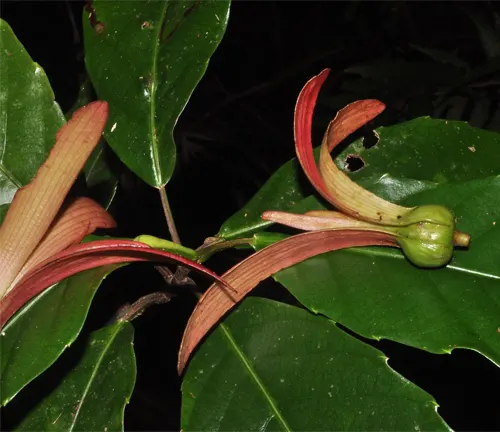
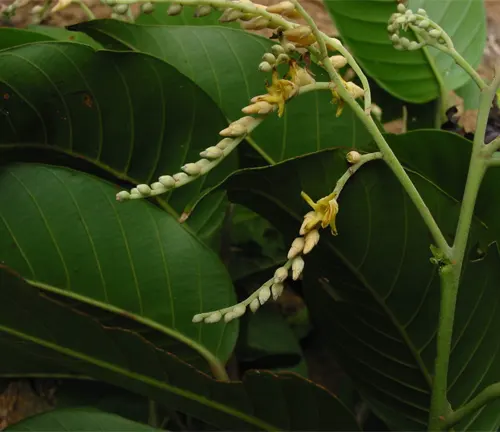
Tanguile (Shorea polysperma)
Recognized for its high-quality timber, frequently used in construction.
Almon (Shorea almon)
Valued for its versatility in woodworking and furniture making.
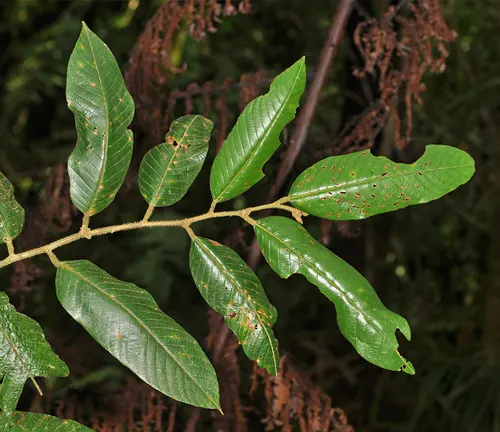
Each of these species varies in appearance and habitat, with some growing best in lowland rainforests and others thriving at higher altitudes. White Lauan, in particular, is highly adaptable and resilient, playing an integral role in forest ecology by supporting a diverse range of organisms within its native regions.
Where Do White Lauan Trees Grow?
White Lauan trees are primarily found in the tropical rainforests of Southeast Asia, especially in the Philippines. They thrive in humid, warm environments with plenty of rainfall, which is typical of lowland rainforests and areas near rivers or wetlands. Adapted to these tropical conditions, White Lauan trees grow in dense forests where they can access ample sunlight, though they can also withstand partial shade in their early growth stages.
Ecologically, White Lauan trees are vital for stabilizing soil, especially on steep slopes where erosion could otherwise be significant. Additionally, these trees contribute to the local climate by maintaining humidity levels and enhancing air quality, making them a cornerstone of their native environment.
How to Grow and Care for White Lauan
Growing White Lauan requires an understanding of its natural habitat. Here’s a guide for cultivating this tree:
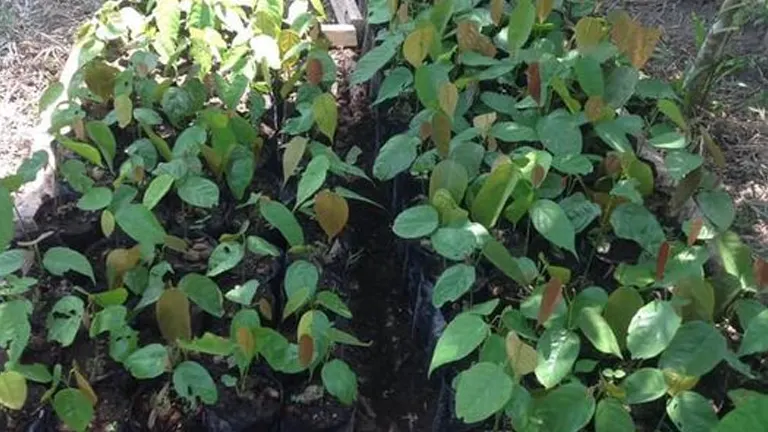
- Soil: White Lauan prefers well-drained, loamy soils that retain moisture while allowing excess water to drain.
- Water: It needs regular watering, especially during dry periods, to mimic its rainforest environment.
- Sunlight: These trees thrive in full sun but can also grow under partial shade in the early stages.
- Propagation: White Lauan can be grown from seeds, which should be planted in a moist, warm environment. Germination typically takes a few weeks.
- Maintenance: Regular pruning and monitoring for pests are essential, as White Lauan is prone to specific insect infestations that can affect its growth and health.
With adequate care, White Lauan can become a resilient addition to gardens or larger landscapes, where it can reach impressive heights and provide shade, beauty, and ecological benefits.
Ecological Benefits of White Lauan
White Lauan trees are integral to maintaining ecosystem health:
- Soil Health: They contribute to soil fertility by shedding leaves that decompose, enriching the soil with organic matter.
- Erosion Control: The extensive root systems help stabilize soil, preventing landslides and reducing erosion in their habitats.
- Biodiversity: White Lauan trees provide habitats for insects, birds, and other wildlife, supporting a diverse ecosystem.
In their natural setting, these trees create a stable environment that fosters the growth and survival of various plants and animals, making them essential for sustaining the delicate balance of tropical rainforests.
White Lauan Flowering and Pollination
White Lauan typically flowers during the wet season, when its small, fragrant flowers bloom and attract pollinators. The flowers are pale and not particularly showy, but they play a vital role in the ecosystem by providing nectar and pollen for bees, birds, and other pollinators. This flowering season is a crucial period for forest regeneration, as the seeds produced are dispersed widely, allowing new growth and sustaining the forest’s diversity.
Is White Lauan Drought-Tolerant?
White Lauan is moderately tolerant of dry conditions but thrives best with ample water, reflecting its rainforest origins. In regions with occasional dry spells, mature trees may withstand short periods of drought due to their deep root systems. However, prolonged drought can stress the trees, making consistent watering important for growth, especially in cultivation outside natural rainforests.
White Lauan and Wildlife Interactions
White Lauan trees have symbiotic relationships with many forms of wildlife:
- Food and Shelter: Birds, insects, and mammals rely on White Lauan trees for food, whether from its leaves, bark, or the insects it attracts.
- Symbiosis with Fungi: White Lauan roots often form associations with mycorrhizal fungi, which aid in nutrient uptake, benefiting both the tree and the fungi.
These interactions emphasize the tree’s role in supporting local fauna, further demonstrating its ecological value.
Conclusion
The Philippine White Lauan is more than just a tree; it’s a pillar of the ecosystem that provides crucial environmental benefits. Its role in soil stabilization, biodiversity support, and forest sustainability highlights its importance in tropical forests. Conservation efforts are essential to protect White Lauan and its surrounding habitat, ensuring it can continue to thrive and support the health of tropical rainforests for generations to come.
Frequently Asked Questions (FAQs)
- What is the Philippine White Lauan?
The Philippine White Lauan is a tall tropical hardwood tree native to Southeast Asia, especially the Philippines, known for its strong timber and ecological importance. - What is the scientific name of White Lauan, and what family does it belong to?
Its scientific name is Shorea contorta, and it belongs to the Dipterocarpaceae family, known for various valuable tropical hardwoods. - What are the main characteristics of White Lauan?
White Lauan has large, leathery leaves, rough bark, and small, fragrant flowers. It’s highly resilient and contributes significantly to tropical forest ecosystems. - Where does the White Lauan naturally grow?
White Lauan grows in tropical rainforests, especially in lowland and coastal forests in the Philippines, requiring warm temperatures and ample rainfall. - How does White Lauan benefit its ecosystem?
It helps stabilize soil, prevent erosion, enrich soil fertility, and provides habitat and food sources for diverse wildlife. - How can White Lauan trees be grown and maintained?
They need loamy, well-drained soil, regular watering, and sunlight. Propagation is typically through seeds, and maintenance includes pruning and pest control. - Is White Lauan drought-tolerant?
While White Lauan can withstand short drought periods, it prefers consistent moisture, making it better suited to humid environments. - What wildlife depends on White Lauan?
Various birds, insects, and mammals rely on White Lauan for food, shelter, and habitat, contributing to the biodiversity of tropical forests.



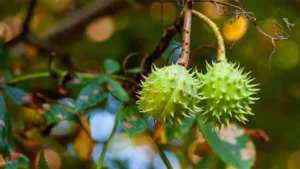


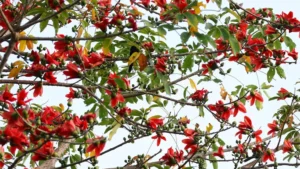



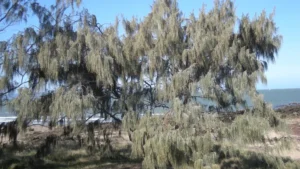
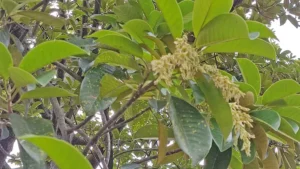
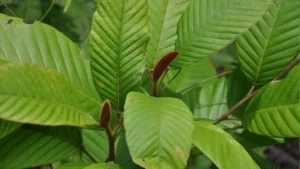

Leave your comment